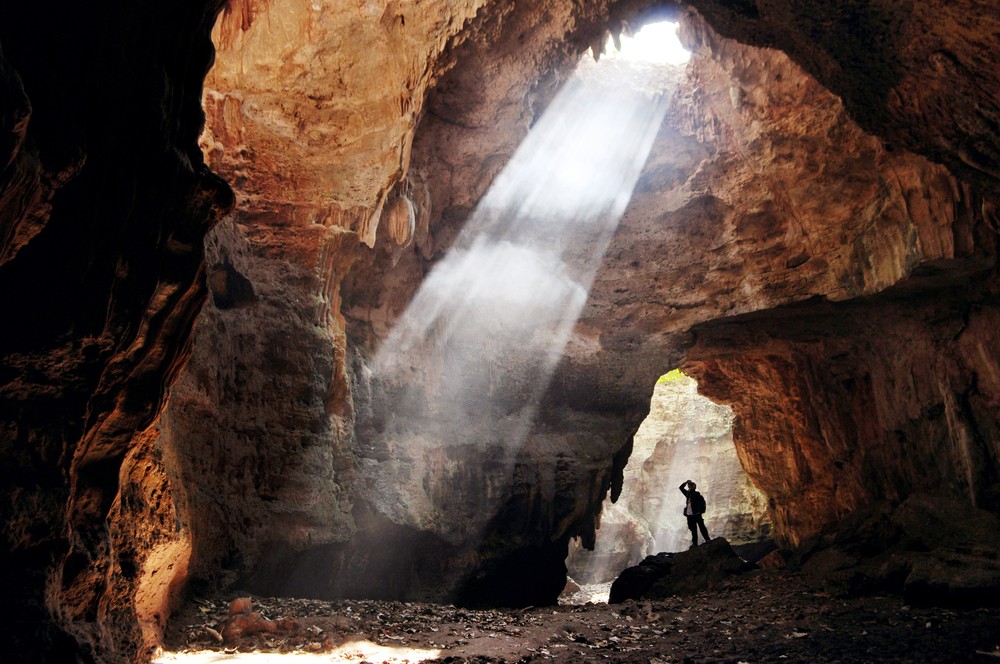Popular Reads
Top Results
Can't find what you're looking for?
View all search resultsPopular Reads
Top Results
Can't find what you're looking for?
View all search resultsWant to try caving? Here’s what you need to know
Here are some guidelines to help you have a better and safer caving experience.
Change text size
Gift Premium Articles
to Anyone
T
here is always an element of risk involved when caving. Usually, there is only one way in and out of a cave. So, the chances of getting trapped inside or lost are higher. Here are some guidelines to help you have a better and safer caving experience.
The right guide
Make sure you go with a licensed guide. Guides must be experienced and familiar with the cave you’re exploring. They must also know how to handle emergencies.
Weather is important
Water levels might rise in case of heavy rain. If it floods, there is a chance you might get trapped inside the cave. So, don’t go caving during the rainy season, or on any day when the weather is bad. Always check with your guide first. For sea caves, light rain doesn’t impact underwater diving but if the sea is rough and the wind is strong, it is not advisable to dive.
Do your homework
Research is important. Read up about the cave you wish to explore before going.
For cave diving, you need to take a proper cavern/cave diving course before you can go. Just having a scuba diving license isn’t enough.
Know what you’re getting into
If you’re claustrophobic, this might not exactly be your cup of tea because you’d be in an enclosed space! The same if you’re afraid of water. Some caves might have snakes (like Racer Cave in Mulu, Sarawak) and bats, too.
Read also: What to know about risks of cave exploring in Indonesia
Start small
Start with easier caves. There are cave explorations that involve just walking while others require some easy climbing (like taking the stairs) and technical climbing (with ropes, etc). Some cave explorations might involve abseiling down the side of a cave wall, too.
In the same way, for underwater caves, start with cavern diving before proceeding to cave diving, where you venture deeper into the cave.
Be prepared
Caves can be dry, wet, or muddy – or all three. Dress appropriately for your outing. Dry caves can be very dusty inside so you might need masks. Waterproof clothing helps because you don’t want to be stuck in a cave with wet, soggy, or muddy clothing. Likewise, if you have to climb, crawl, and squeeze through narrow passages, make sure your clothing covers your whole body with no exposed parts, to minimize getting scratches or bruises. Waterproof footwear with a good grip are good for slippery cave surfaces.
Bring the correct equipment: Headlamps and torchlights are a must, as well as rope (for adventure caving). If you’re bringing cameras, they need to be shockproof and waterproof.
If you’re a scuba diver, don’t take things for granted and just venture into an underwater cave without a proper guide. You would need proper training and experience first before going on a cave diving trip.
Don’t touch
This is especially true for “show caves” where there are a lot of visitors. Natural cave sculptures, stalactites and stalagmites might “erode” or get damaged with all that human contact.
As always, don’t litter. And, it goes without saying, a cave is not the place to display your graffiti skills.
This article appeared on The Star newspaper website, which is a member of Asia News Network and a media partner of The Jakarta Post







